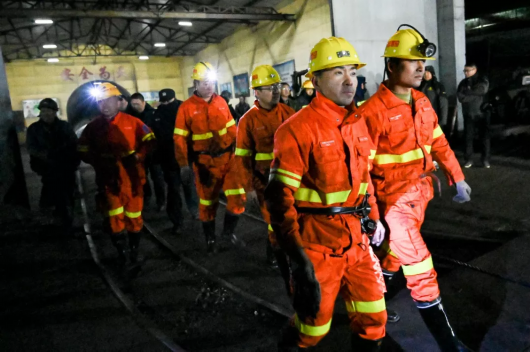In the face of the crisis, NIO resolutely decided to save itself. By the end of the year, NIO had decided to reduce the number of employees from more than 9000 to more than 7000, NIO said. It will also spin off some of its non-core businesses and implement comprehensive cost reduction measures across the company, and these strategies focus on improving efficiency, lean management, and reducing personnel redundancy in the R & D department. It is not clear whether it is useful to save yourself with broken arms, but the crisis facing NIO is difficult to see hope of improvement in a short period of time. On the evening of September 25, Li Bin did not deny this reality. "the gross profit margin of NIO is still expected to remain this year," Li Bin said in a conference call on the night of September 25. It's a negative number. "NIO is still in a nightmare. The loss seems to have become a magic spell that can't be removed from an electric vehicle, from R & D design, supply chain, production and manufacturing, to market sales and after-sales service, each of which is a black hole, And ignore any of the links that can't get a sustainable future, so, even in the case of a new model project of a traditional car, the loss is normal. According to the public information, only two quarters have achieved a profit in the near 15 years of Tesla's establishment, and if calculated on an annualized basis, 15 years of continuous loss. It's not hard to see the development of Tesla. Out, the road to car building is by no means smooth wind and water, NIO is facing increasing challenges.
(Picture Source:Sogou)
Louis's departure is even worse for NIO at a time when NIO is trying to boost sales at a time when it avoids a cash shortage in the future. It is reported that in June, NIO announced the recall of 4803 ES8 electric vehicles, accounting for more than 1/4 of the total delivery volume, due to possible overheating and fire caused by power batteries. In addition to quality problems, NIO's revenue performance is also worrying. NIO lost 20 billion for four consecutive years because of poor management. Recently, NIO recently lost 10 billion yuan of investment in the agreement between NIO and Beijing Yizhuang State Investment Agreement, as well as Zhejiang Lake. Wuxing District Government of the city has an investment cooperation of more than 5 billion yuan. On the prospect of NIO and "Qian Jing," co-founder and president Qin Lihong told the 2019 World Intelligent Network Federation Automobile Conference, which concluded a few days ago, "NIO doesn't necessarily have a sunny life, but it's definitely not going to die."
At present, China's demand for electric vehicles has fallen sharply, which has also dealt a major blow to NIO. As a result, in September, NIO filed a filing with the Securities and Exchange Commission announcing that the company would issue a new round of $200 million convertible bonds to NIO founders Li Bin and Tencent, each subscribing for $100 million. The shares fell 3.3 percent to $1.46 in pre-market trading as Louis resigned. NIO will also face more intense competition from Tesla, who is preparing to start building Model3 models at superfactories in Shanghai, China.
On October 28, an announcement of NIO was made that Louis resigned from the company's CFO for personal reasons which came into force on October 30. The side of NIO says they are looking for new CFO. Li Bin, the founder, chairman and CEO of NIO, said: "On behalf of the board of directors and the management team, I would like to thank Louis for their contributions and wish him every success in his future endeavours."

It is reported that Louis has worked at JPMorgan Chase, UBS assets, UBS Investment Bank and other companies. He has been a new oriental education group CFO, since December 2005 and joined NIO as CFO in May 2017. Louis was in charge of NIO's IPO in the United States.


It has to be said that 2019 was really not very friendly to NIO, and a year ago NIO was the king who sat firmly on the altar. On Sept. 13, 2018, NIO went public on the New York Stock Exchange, becoming the first Chinese electric car to list in the United States, priced at $6.26 a share, with a total market capitalization of $6.313 billion. In the second trading day after listing, NIO shares ushered in a surge, with a peak of $13.8 a share and a market capitalization of more than $13 billion. No one would have thought that NIO had fallen from the altar in just one year, and now its market value is lower than it was at IPO.
After getting more than half of the Internet and investment circle promotion but losing, can NIO have the future of Tesla, at present, it is not optimistic. Where is the future of NIO? This will take time and NIO to tell us.




